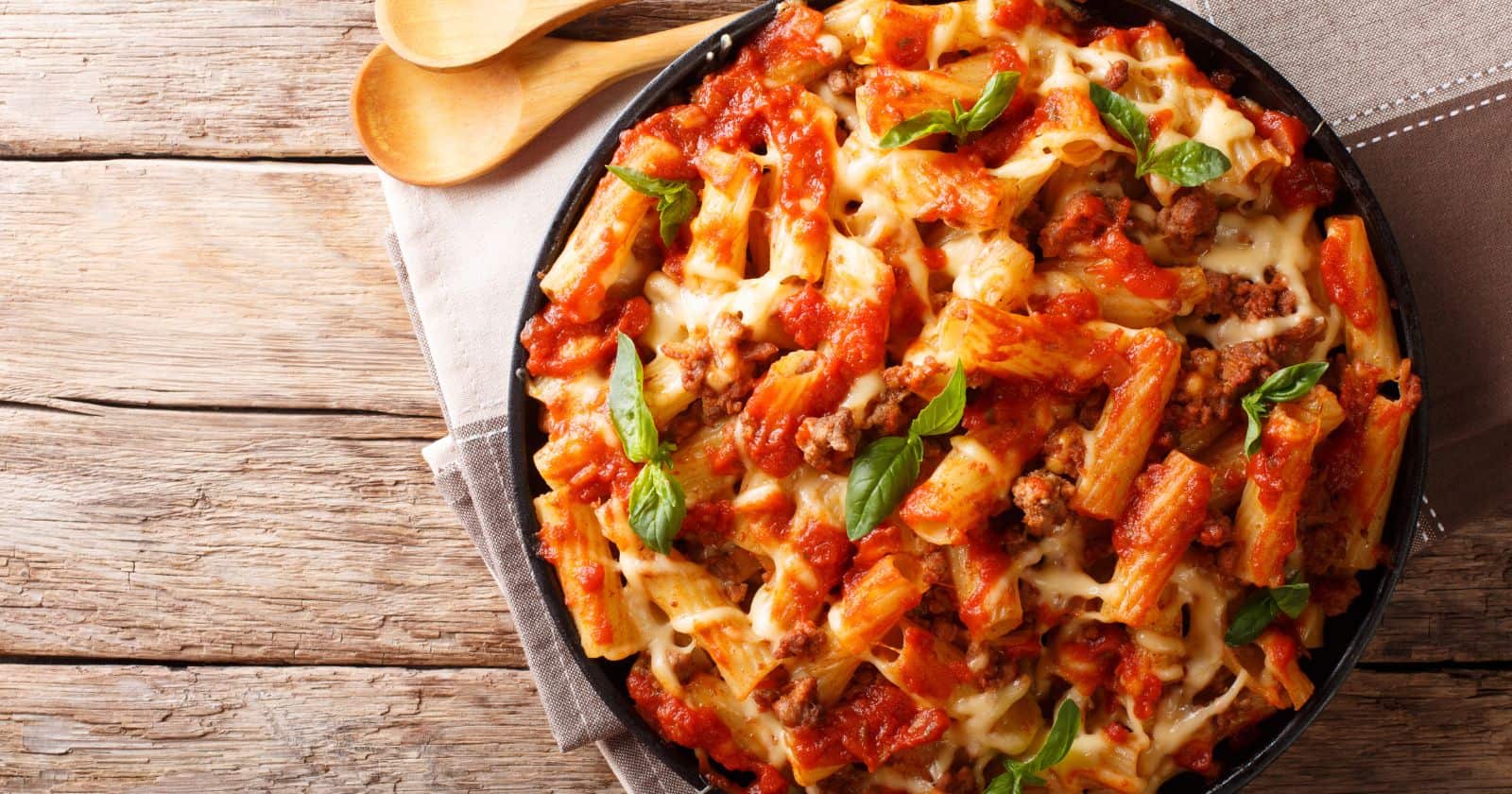We’ve all been there – you’ve just cooked a big pot of pasta only to realize your sauce is ice cold in the fridge. Heating up pasta sauce seems simple, but do it the wrong way and you’ll end up with a separated, oily mess. Don’t worry – I’m here to share the best methods I’ve found for properly reheating pasta sauce so you can avoid ruining dinner.
The key is heating your sauce low and slow. If you blast it on high heat, the sauce can break and turn oily. Here’s what works for me: Warm it gently in a saucepan on the stove over medium-low heat. You can also try microwaving the sauce in short bursts, stirring between each one to distribute the heat evenly. Adding a splash of pasta water helps thin out thicker sauces and brings everything together.
Now that you know how to revive your pasta sauce, you can confidently cook a big batch of noodles and sauce at the beginning of the week. Then just quickly reheat and toss them together for an easy, delicious weekday dinner ready in minutes. Keep reading for more details on the best reheating methods so you can serve up hot, silky pasta sauce every night of the week.
Why Pasta Sauce Separates When Reheated
Before we get into the best practices for reheating sauce, it helps to understand exactly why pasta sauce can separate and turn oily when you reheat it.
There are two main culprits:
1. The High Fat Content
Pasta sauce is an emulsion – a combination of fat and water. Many classic pasta sauces like Bolognese, Alfredo, and Carbonara have a high fat content from oil, cheese, cream or meat.
When you heat an emulsion, the fat can melt and separate from the other ingredients. This leaves you with a layer of oil floating on top of the sauce.
2. Adding Heat Too Quickly
High temperatures cause the water and fat in the sauce to heat at different rates. This throws the emulsion out of balance and leads to the ingredients separating.
Gently heating the pasta sauce prevents large temperature changes that can cause separation.
Okay, now that we know why pasta sauce breaks…let’s talk about how to stop it from happening!
Tips for Reheating Pasta Sauce Without Separating It
Here are my top reheating methods for keeping pasta sauce silky and smooth:
1. Heat Sauce Separately from the Pasta
This is one of the biggest mistakes I see people make. Don’t throw cold sauce onto hot, freshly cooked pasta.
Always heat up pasta sauce in a separate pan from the noodles. This gives you control over the sauce temperature and prevents overcooking the pasta.
2. Warm Over Low Heat
The key is to heat pasta sauce slowly over low heat. High temperatures will cause the sauce to break.
Over medium-low heat, warm up leftover sauce in a saucepan until heated through, 5-10 minutes. Stir frequently to distribute the heat evenly.
If the sauce seems too thick, add a splash of water or broth to thin it out. This will also help bind the ingredients together.
3. Use the Microwave (Carefully)
You can quickly reheat pasta sauce in the microwave too. But this route requires caution – microwave heat can easily overcook one part of the sauce.
Heat sauce in 30 second bursts, stirring between each one. This allows the heat to distribute evenly throughout the sauce as it warms.
4. Finish in the Oven
For an extra velvety sauce, transfer reheated pasta sauce to an oven-safe dish. Cover with foil and finish heating in a 350°F oven for 15-20 minutes.
The gentle oven heat makes sure every spot of sauce is hot without separating. Just remove it once the center of the sauce reaches 165°F.
5. Add Pasta Cooking Water
Here’s a chef’s tip for you – add a splash of starchy pasta cooking water to your reheated sauce.
The starch helps bind and thicken the sauce, bringing it back to an ideal consistency that will coat the noodles.
6. Emulsify with Fat
If your sauce does separate, you can try whisking in a bit of fat like oil, butter or cream. This will re-emulsify the broken sauce.
Just drizzle it in slowly while whisking vigorously to distribute the fat evenly.
What NOT To Do When Reheating Sauce
Now that you know the right way, here are some common reheating mistakes to avoid:
- Don’t refrigerate hot sauce – let it cool first. Hot sauce will separate as it cools.
- Don’t freeze sauce without defrosting – thaw overnight in the fridge before reheating.
- Don’t overload the pan – heat sauce in a wide pan with room for steam to escape.
- Don’t use high heat – always reheat pasta sauce over medium-low heat.
- Don’t microwave too long – heat in short 30 second bursts.
- Don’t forget to stir – frequent stirring distributes heat evenly.
Frequently Asked Questions
Still have questions about the best way to reheat pasta sauce? Here are some common FAQs:
How long does it take to reheat pasta sauce?
Plan on about 10-15 minutes to gently reheat pasta sauce on the stove or in the oven. Microwaving takes just a couple minutes.
Should the pasta be reheated separately too?
Yes, always reheat pasta separately from the sauce, so you don’t overcook the noodles.
What temperature should pasta sauce be reheated to?
Heat sauce until it reaches an internal temperature of 165°F. At this point it is steaming hot throughout.
Can you reheat pasta sauce in a crock pot or Instant Pot?
Yes, crockpots and multi-cookers like Instant Pots work well for reheating pasta sauce gently. Just be sure to stir occasionally.
How can you tell if reheated pasta sauce has separated?
Check for a layer of oil floating on top of the sauce or sauce that looks curdled. Give it a stir – if it doesn’t incorporate, the sauce has broken.
Enjoy Perfect Pasta Every Time
Now there’s no need to dread reheating leftover pasta sauce. With these simple methods, you can be confident your sauce will reheat evenly for tender noodles in smooth, velvety sauce.
No more separated, greasy pasta nights! Just be sure to heat your sauce low and slow, stir often, and add a splash of pasta water or fat if needed.
Next time you make a big pot of sauce, save some for later in the week. Just quickly reheat and toss with fresh noodles for an easy, delicious meal anytime.





